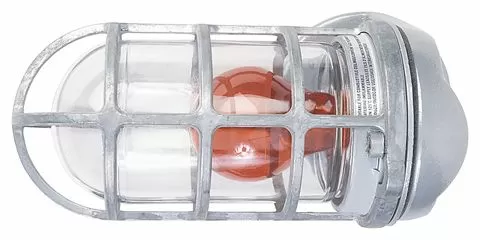Download our free SCADA tutorial.
An introduction to SCADA from your own perspective.
1-800-693-0351
Have a specific question? Ask our team of expert engineers and get a specific answer!
Sign up for the next DPS Factory Training!

Whether you're new to our equipment or you've used it for years, DPS factory training is the best way to get more from your monitoring.
Reserve Your Seat TodaySCADA stands for Supervisory Control and Data Acquisition. SCADA is a type of network system used to monitor and control remote equipment and processes.
A basic SCADA system is consists of a remote terminal unit (RTU) or programmable logic controller (PLC), a human-machine interface (HMI) and the communication protocol (such as SNMP, DNP3 or Modbus RTU).
The RTU device is responsible for collecting real-time data from your remote equipment or industrial processes. The RTUs will send all this information to the HMI SCADA. The HMI is usually a SCADA software that provides you with a centralized user interface that will be like a remote monitoring and control room for all your RTUs. And the communication protocol is the language that the devices speak and that will allow for the exchange of information.

The simplest possible SCADA system would be a single circuit that notifies you of one event. Imagine a fabrication machine that produces widgets. Every time the machine finishes a widget, it activates a switch. The switch turns on a light on a panel, which tells a human operator that a widget has been completed.
Obviously, a real SCADA system does more than this simple model. But the principle is the same. A full-scale SCADA system just monitors more stuff over greater distances. Let's look at what is added to our simple model to create a full-scale SCADA system:
First, the systems you need to monitor are much more complex than just one machine with one output. So a real-life SCADA system needs to monitor hundreds or thousands of sensors. Some sensors measure inputs into the system (for example, water flowing into a reservoir), and some sensors measure outputs (like valve pressure as water is released from the reservoir).
Some of those sensors measure simple events that can be detected by a straightforward on/off switch, called a discrete input (or digital input). For example, in our simple model of the widget fabricator, the switch that turns on the light would be a discrete input. In real life, discrete inputs are used to measure simple states, like whether the equipment is on or off, or tripwire alarms, like a power failure at a critical facility.
Some sensors measure more complex situations where exact measurement is important. These are analog sensors, which can detect continuous changes in a voltage or current input. Analog sensors are used to track fluid levels in tanks, voltage levels in batteries, temperature and other factors that can be measured in a continuous range of input.
For most analog factors, there is a normal range defined by a bottom and top level. For example, you may want the temperature in a server room to stay between 60 and 85 degrees Fahrenheit. If the temperature goes above or below this range, it will trigger a threshold alarm. In more advanced systems, there are four threshold alarms for analog sensors, defining Major Under, Minor Under, Minor Over, and Major Over alarms.